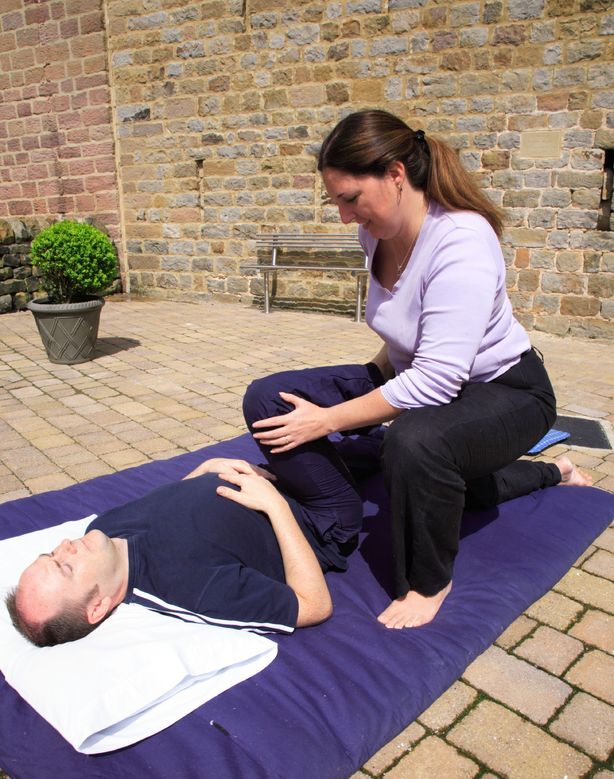This test is run by .
Note that your final mark will not be saved in the system.
Note that your final mark will not be saved in the system.
3.1.1.4 Neuromuscular system Typeit
Target Level
C
Running Total
0
0%
Attempt
1 of 3
Type the correct answers into the spaces. Fill all the spaces before clicking ‘Check Answers!’

(PNF) is a form of stretching which involves a series of steps to increase the range of movement at a joint. It is based on the principle of reciprocal inhibition, which is where one muscle or muscle group in an antagonistic muscle pairing relaxes while the other contracts. To understand the role of different proprioceptors in achieving the aims of PNF stretching, it is first necessary to look at how a common PNF stretching technique is performed.
There are typically three main stages to PNF stretching:
- Stage 1 – with the assistance of a partner or external resistance, the muscle is stretched.
- Stage 2 – the performer then contracts the muscle by pushing against the partner or external resistance.
- Stage 3 – if Stage 2 is successful, the muscle is able to be passively stretched beyond the range of motion in the initial passive stretch.
There are two proprioceptors that assist this process:
- Muscle detect how far and at what speed the muscle is being stretched to initiate a during the passive stretching phase of PNF. This prevents the muscle from becoming overstretched during this phase.
- are involved in autogenic inhibition of the stretch reflex by responding to the increased tension in the muscle during the contraction phase of PNF. This allows the antagonist muscle to relax as the muscle is stretched further and the increased range of motion is achieved.